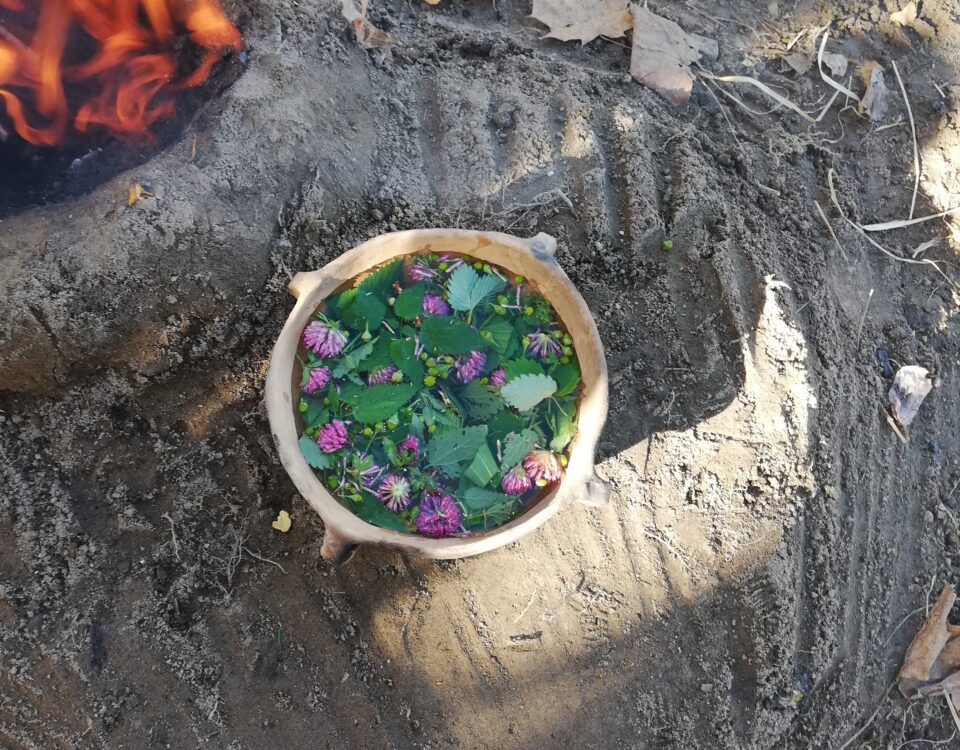
Mind the gap: Our special exhibition is open!
Taking trips, buying goods from all over the world, or changing place of residence all seem completely natural to us today. We cannot imagine life without this level of mobility. We are very sensitive when we are temporarily unable to be mobile.
It’s no wonder since we in Europe have been accustomed to north-south mobility for more than 5,000 years. At the South Tyrol Museum of Archaeology until 7 November 2022, we will explore the beginnings of European mobility in the special exhibition “STONE AGE CONNECTIONS. Mobility at Ötzi’s Time”.
In the last decade, we have been able to determine the origin of materials used to make various archaeological artifacts found in Europe. This has been accomplished using increasingly well-mapped soil samples and refined modern scientific methods. The results of these studies are extremely exciting and have tremendously expanded our knowledge of trade and exchange between North and South. In most cases these goods were either not available, could not be found in such high quality as in other regions (e.g., flint from Northern Italy), or people lacked the knowledge to create them themselves, such as producing something from ore (e.g., copper from Central Italy). These sought-after and vital materials along with the related technical know-how could have been exchanged for materials such as wood, hides, or the services of guides for crossing the Alps, though these are harder to document archaeologically.
Anyone who gets on the metro at the entrance to the special exhibition will be amazed by the real-time flight radar and freight shipping movements from around the globe. Watching time-lapses of migration flows zipping back and forth between the continents is just as impressive.
Visitors will see that 5,000 years ago, in the midst of these movements, Ötzi was already highly mobile as is proven by his copper axe from Tuscany and his flint tools from Monti Lessini. That is, until someone violently ended his journey north high up on the Tisenjoch in the Ӧtztal Alps…









